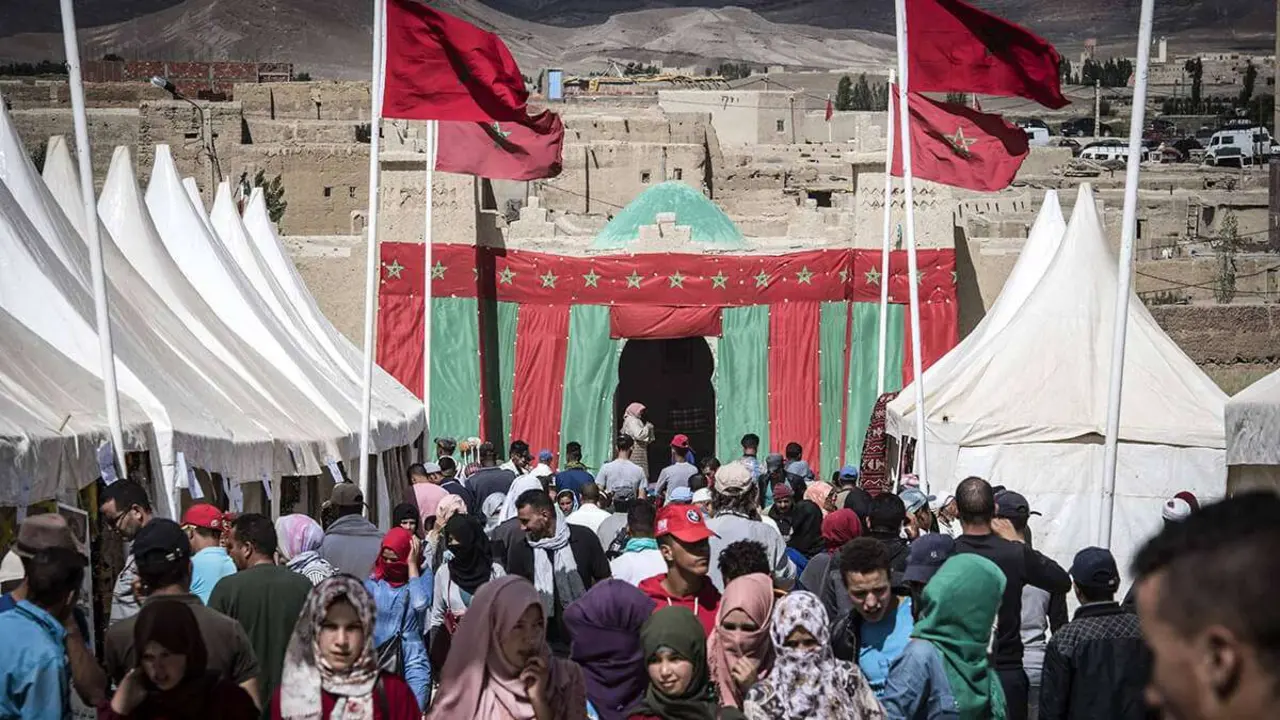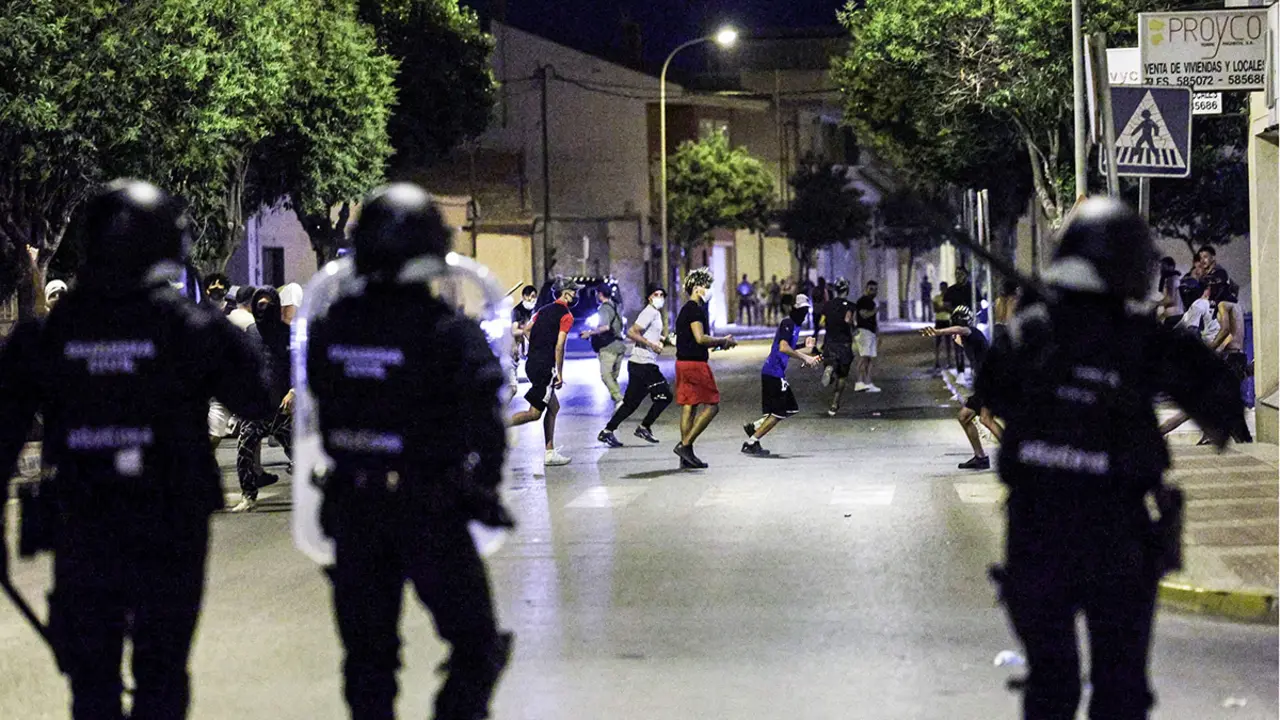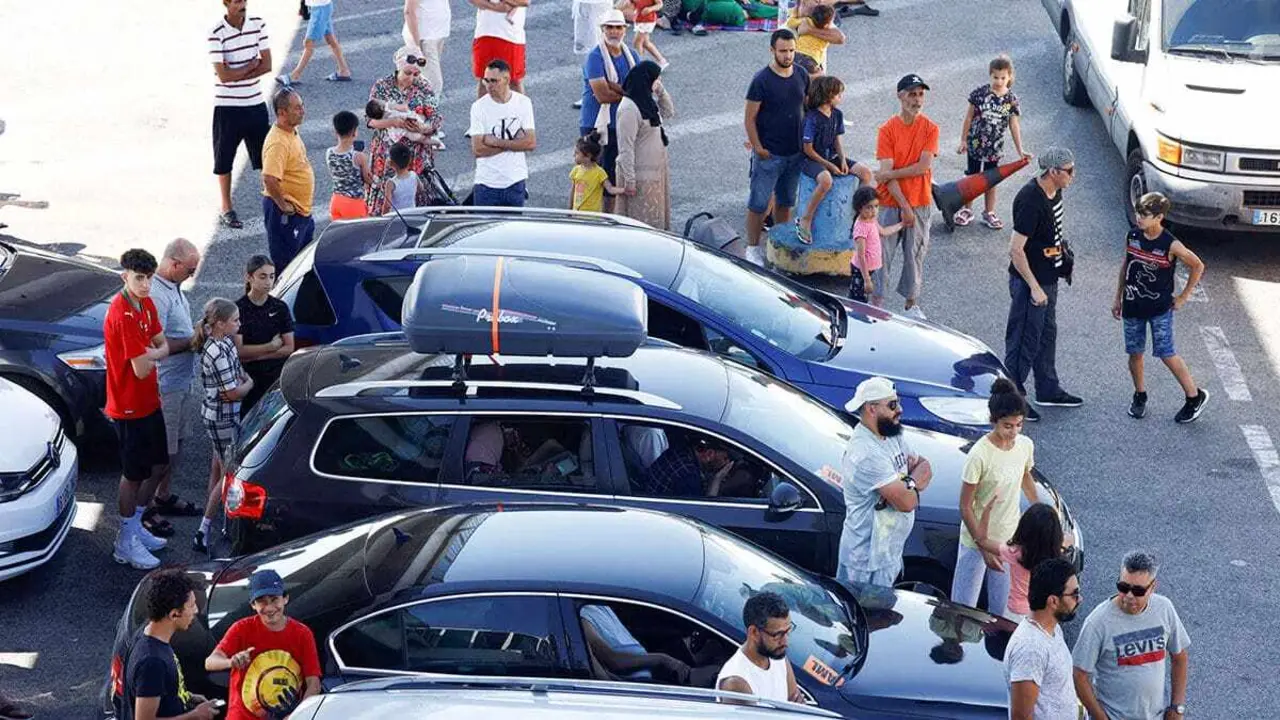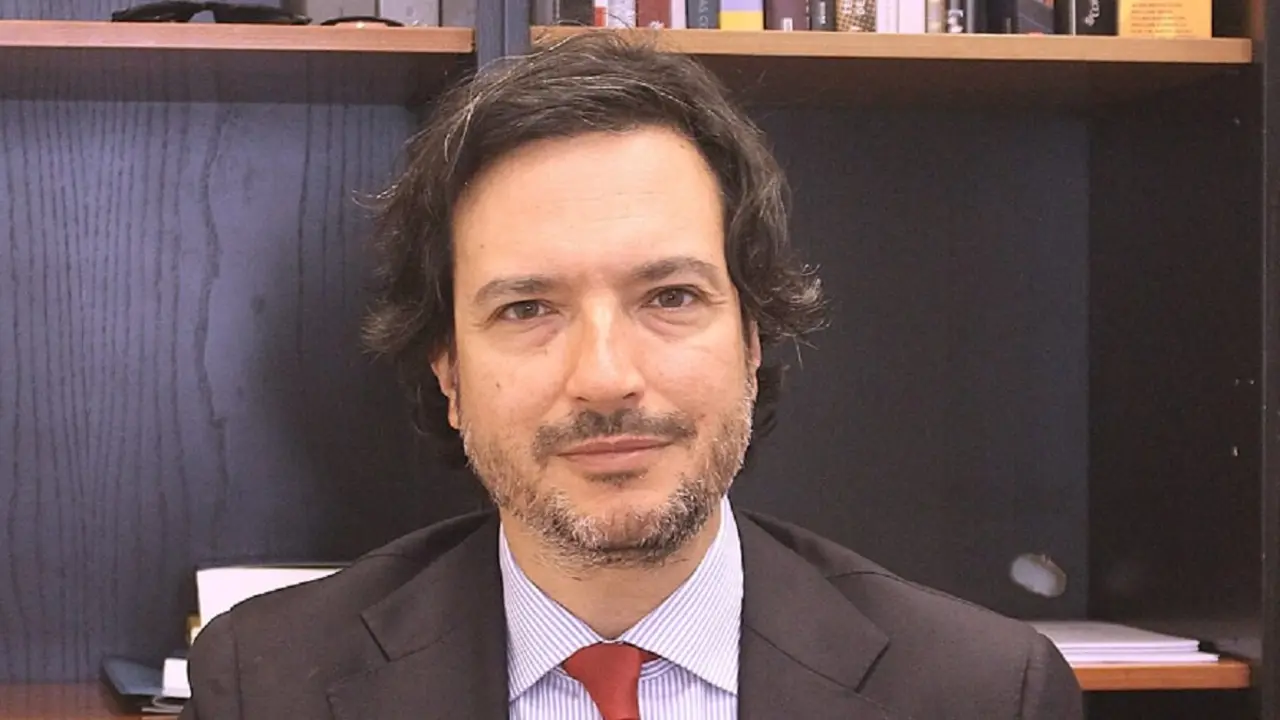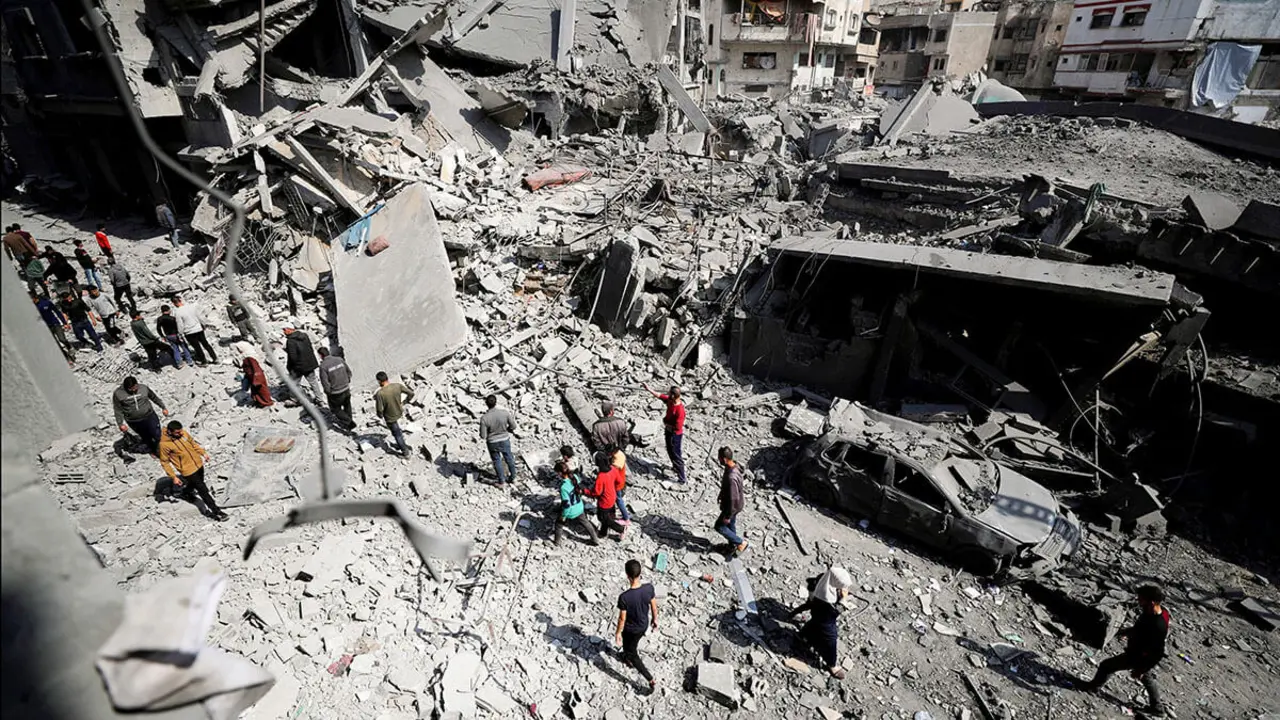Vaccine launches in Latin America: which countries are setting the pace?

As the global roll-out of the COVID-19 vaccine continues, Latin American governments have seen their own vaccination strategies meet with varying levels of success. While some countries are among the world leaders in terms of per capita progress, others are struggling with the challenges of mass immunisation.
Given that the pandemic has a significant impact on Latin American countries in both economic and public health terms, successful vaccine implementation is vitally important for the region's recovery.
In many ways, the launch of the vaccine has reflected the various divisions, inequalities and stages of development in Latin America, with more advanced countries having a natural advantage over less developed nations.

Chile is not only a regional leader, but also a global leader in vaccine delivery. As of 15 April, 41 per cent of the population had received at least one dose of the COVID-19 vaccine, while 29 per cent had been fully vaccinated, according to figures from Our World in Data, a research project based at Oxford University.
The figures put Chile among the top 10 countries in the world in per capita immunisations, along with other world leaders such as Israel, the United Kingdom and the United Arab Emirates, and officials expect to vaccinate 80 per cent of the 19 million population by the end of June.
The success of the country's programme has been attributed to several different factors. As a wealthier Latin American country, Chile has been able to rely on a more advanced logistical and healthcare infrastructure.

For example, the government has implemented its programme using an up-to-date digital database, which has allowed officials to effectively identify those who need to be vaccinated and to coordinate this with logistical considerations.
In addition, Chile's decision to host vaccine trials with major pharmaceutical companies last year, along with the signing of agreements under the World Health Organisation's COVAX initiative, is also seen as a factor behind the successful roll-out of vaccines.
Despite this impressive progress, Chile has experienced a significant increase in coronavirus cases in the last four to five months, following the opening of international borders and the relaxation of local travel restrictions.
Several other countries in the region have struggled to replicate Chile's success. In Colombia, Peru and Ecuador, the percentage of the population that has received a dose of a vaccine is only 5.2 per cent, 2.2 per cent and 2.2 per cent, respectively.

Meanwhile, although larger economies such as Brazil (12%), Argentina (12%) and Mexico (8.9%) have proportionately higher vaccination rates, this has not been accompanied by a fall in infection rates.
While the slow initial roll-out in many Latin American countries was largely due to global shortages, there were a number of other contributing factors, including governance.
For example, while the African Union made significant advance purchases of vaccines in bulk, the lack of regional coordination in Latin America meant that countries were often in a race against each other to secure doses.

CAs a result, many smaller, low-income or less developed countries were left behind as larger nations and blocs pooled their resources and purchasing power.
Meanwhile, in the case of Peru, the vaccine rollout has damaged public confidence in the institutions responsible for the process.
In February, a number of high-profile politicians and university officials resigned after it was revealed that they had received two doses of a vaccine being tested in the country by Chinese state-owned pharmaceutical company Sinopharm, despite not being enrolled as participants in the trial.
Perhaps the biggest challenge to the vaccine launch, however, is logistical shortcomings, an issue that has become more important in light of the fact that countries do not have the capacity to produce their own doses.

In a positive sign at the beginning of the implementation process, port officials responsible for the Panama Canal signed an agreement in January to streamline and optimise supply routes for the distribution of vaccines and COVID-19 supplies to Latin America.
However, as governments are forced to contend with a combination of rugged terrain and less developed transport infrastructure domestically, authorities have in many cases struggled to adequately transport doses between cities and regions.
This is a particular challenge for vaccines such as Pfizer's, which must be transported and stored at extremely cold temperatures.
There is concern that such challenges could lead to a dramatic vaccine divide between urban and rural communities, further exacerbating existing inequalities.
Given these obstacles and the delays associated with vaccine deployment, some analysts fear that in many Latin American countries the population will not be fully immunised until 2023, further delaying economic recovery.

